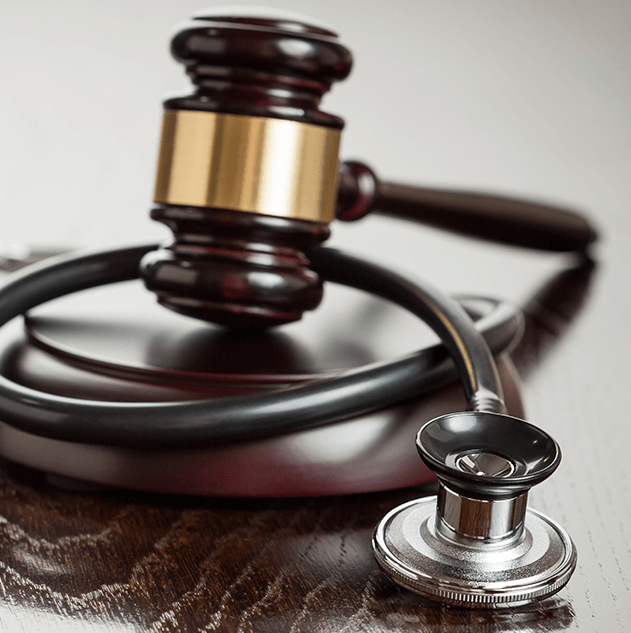While we normally think of burns as being the result of contact with fire or flame, some of the most severe burns are actually caused by exposure to scalding liquids, chemicals, electricity and radiation. In fact, the American Burn Association reports that fire and flame exposure accounts for only 43 percent of burn injuries that require treatment in a specialized burn care center each year in the U.S.
If you or a loved one has suffered a burn injury due to the negligent or reckless conduct of another, it will be important to work with a lawyer who understands the type of burn injury involved in your case.
At Powers & Santola, LLP, we can draw on our decades of combined experience with assisting burn injury victims in Albany, Syracuse, Rochester, and throughout New York State to provide you with a comprehensive review of your case. Simply contact us today to schedule a consultation.
Thermal Burns
These are burns that result from contact with fire and hot objects such as space heaters, stove burners, clothes irons or hot metal, glass, plastic or coals. These burns may result from residential fires, car accidents, propane tank explosions or other incidents that occur at home or work. They may be caused by human error or by a defective product.
Thermal burns tend to cause skin and tissue damage. They can lead to scarring and infections, including cellulitis (skin infection) and pneumonia (lung infection). A common related injury in a fire or explosion is smoke inhalation, which can lead to long-term damage to the lungs, throat and mouth.
Scald Burns
Scald burns are actually a type of thermal burn. These burns may be caused by contact with a hot liquid, fluid or vapor, including hot tap water, overheated beverages, steam, oil, grease or tar.
While scald burns can occur in the home, they are also common in construction, industrial and kitchen work settings.
Chemical Burns
These burns are caused by contact with corrosive or toxic chemicals such as strong acids or bases. Substances that can produce chemical burns include sulfuric acid, hydrochloric acid, lye, lime and silver nitrate.
In contrast to thermal burns, a victim may experience a chemical burn without an accompanying “heat” sensation. The victim may instead detect the burn by noticing blisters or skin discoloration or by experiencing an itching sensation or numbness in the affected area.
Chemical burns primarily affect the skin and other tissue. However, a chemical can also be dangerous if it comes into contact with one’s eyes. If a person inhales chemical vapors, it can cause difficulty with breathing or lead to coughing up blood. Swallowing a hazardous chemical can cause internal organ damage.
The severity of a chemical burn depends on the type of chemical, concentration of the substance and length of exposure. A chemical that is not neutralized or diluted with water can continue to burn and damage skin. Prompt and thorough dilution of the burn site with water is necessary to minimize the extent of harm.
Household cleaners, solvents or wet cement can cause chemical burns. Workers in businesses and manufacturing plants that use large quantities of chemicals face increased risk of suffering these burns. Workers may be exposed to caustic substances that are not properly handled or stored, labeled or mixed. Employers should provide workers with proper safety gear and equipment in order to prevent chemical burns.
Electrical Burns
These burns are caused by exposure to electrical current. They tend to impact underlying nerves and tissue rather than skin. An electrical burn may lead to complications such as heart failure or neurological damage.
Arc or flash burns caused by an electric arc or explosion are not true electrical burns because electrical current does not pass through the body. However, they can still cause serious injuries.
Electrical burns can result from handling defective consumer products. For instance, a manufacturer may fail to take proper steps to protect wires or to provide consumers with proper warnings and instructions.
Electrocutions also frequently occur at construction or demolition sites. A worker may come into a contact with an overhead power line, handle faulty electrical equipment or come into contact with a frayed or worn electrical cable. A demolition crew may encounter substandard wiring in a building. Contractors and construction site owners have a duty to protect workers from these accidents.
Radiant Burns
Radiant burns may result from exposure to radiant energy in the form of sunlight, X-rays, nuclear emissions or an explosion.The extent of damage to the body caused by radiation depends on the strength of the radiation source, distance from the source, type of radiation, length of exposure and how much of the body is exposed to the radiant source.
Minor radiant burns generally are not life-threatening. However, extensive burns can involve muscles and organs in addition to injuries to the skin. Typically, these burns will require emergency medical treatment to prevent widespread damage to respiratory and vascular systems of the body.
Many survivors of severe radiant burn injuries suffer physical deformities and chronic pain from scars. They may also have psychological complications requiring long-term emotional therapy.
Radiant burns may result from an explosion at a construction site due to the mishandling of hazardous or explosive materials. A defective consumer product such as a poorly designed cover to a gas fireplace may also result in a severe radiant burn. A patient in a medical facility can suffer radiant burns if radiant warmers, exam and operating lights, fiber optic light cables or lasers are defective or improperly used.

